On a quiet Sunday afternoon, just after the home team San Francisco 49ers lost in a stadium a few blocks away in Santa Clara, the balance of power in Silicon Valley underwent a momentous shift. The subject of many rumors over the past few weeks has been a pending acquisition of Arm by NVIDIA. With the $40b acquisition, NVIDIA is close to filling out a stack. Since we are writing this piece minutes after the announcement (and without NVIDIA’s briefing yet) we wanted to provide some initial thoughts with potentially more at a later date.
NVIDIA to Acquire Arm
We are not going to focus our discussion on the implications for the mobile space. That is outside of our coverage area. Frankly, as much as NVIDIA pushed its Shield product line, it is not competing in most of the mobile space. Existing Arm licensees may not like the change, but at the same time, NVIDIA does not need to make waves immediately there to make this deal work. Arm touches on so many areas of the market that this is unlikely to be where NVIDIA is focused. After all, selling devices tied directly to people has a limited market. Instead, NVIDIA is focused on the broader AI market.
NVIDIA laid out its theory behind the acquisition in a letter from Jensen Huang on the company’s blog:
We are joining arms with Arm to create the leading computing company for the age of AI. AI is the most powerful technology force of our time. Learning from data, AI supercomputers can write software no human can. Amazingly, AI software can perceive its environment, infer the best plan, and act intelligently. This new form of software will expand computing to every corner of the globe. Someday, trillions of computers running AI will create a new internet — the internet-of-things — thousands of times bigger than today’s internet-of-people. (Source: NVIDIA Blog)
The thrust of this acquisition is less around processors and more around data. NVIDIA with its Mellanox and Cumulus Networks acquisitions has bolted on a networking fabric this year to its AI accelerator business. On the training side, the NVIDIA A100 is the titan of the industry and it has been building a data center to edge story with its Jetson line (Arm-based) as well. With the acquisition of Arm, NVIDIA now is the frontrunner to push CUDA and its AI capabilities into the billions of Arm-powered devices.
With the Arm acquisition, and bundling of its AI DNA with Arm licensees, NVIDIA has the capability to build an enormous lead in the edge AI inferencing realm, just as it has in the data center AI training market.
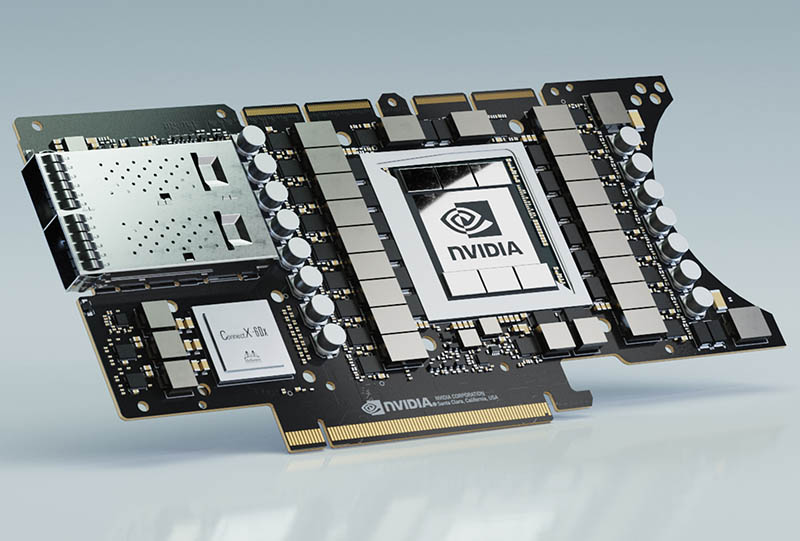
For the data center, one may immediately assume NVIDIA is going to build its own processors and compete with Intel Xeon, AMD EPYC, and IBM Power, but it does not need to. It now has partners such as Ampere that can produce chips. NVIDIA does not need to build the winning CPU, it can license the cores to do so along with the AI acceleration, and networking.
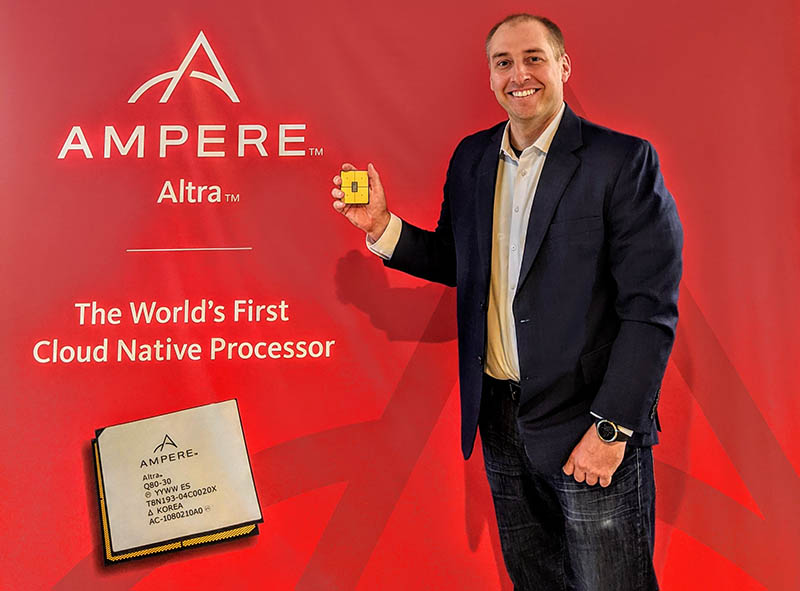
NVIDIA does not necessarily have a storage play, nor a FPGA play like Intel has. If we think of a complete portfolio, those are the two missing elements. One can argue that with software-defined netoworking storage building blocks such as NICs and Arm cores that underpin solutions such as the Pensando Distributed Services Architecture SmartNIC and Mellanox Bluefield-2 IPUs, it now has everything to build scalable storage solutions just as the industry is transitioning to NVMeoF and similar technologies. For Dell EMC and companies like NetApp, it is going to need to rapidly adapt as NVIDIA has the building blocks to do high-performance data center storage. It probably had the building blocks before this acquisition, but Arm will give it the partner base to make that vision happen.
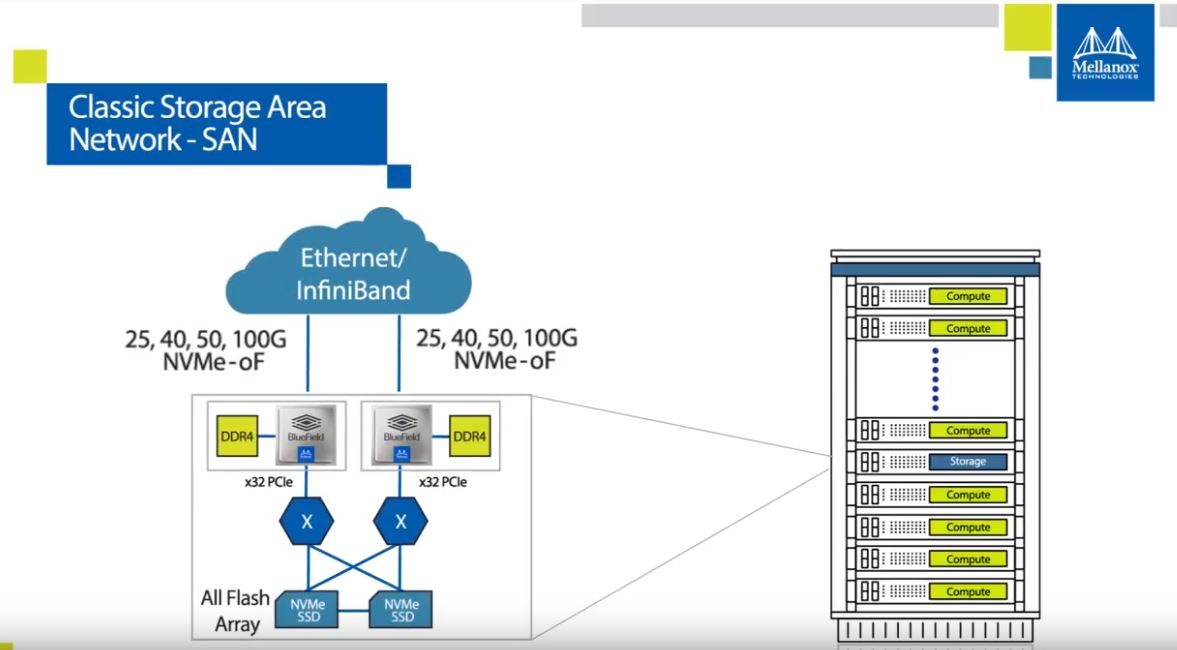
Xilinx is now in desperate need of a partner whether that is AMD or NVIDIA as its portfolio is now dwarfed by Intel, NVIDIA, and AMD. These three rivals all offer a CPU plus accelerator value proposition. Xilinx needs to adapt here because even with the SolarFlare acquisition, it does not have the switch and software side that NVIDIA and Intel have for networking. If there is a true third competitor to Intel and NVIDIA, it may look similar to a mashup of AMD-Xilinx-Marvell/Broadcom (perhaps with SiFive.) AMD, Xilinx, and Marvell/ Broadcom could put together a solution for silicon, but both Intel and NVIDIA have been building large software ecosystems. AMD has the stock price to make moves, but it needs to get moving sooner rather than later if it wants to compete with Intel and NVIDIA. Likewise, Xilinx standing still is going to be harder to imagine.
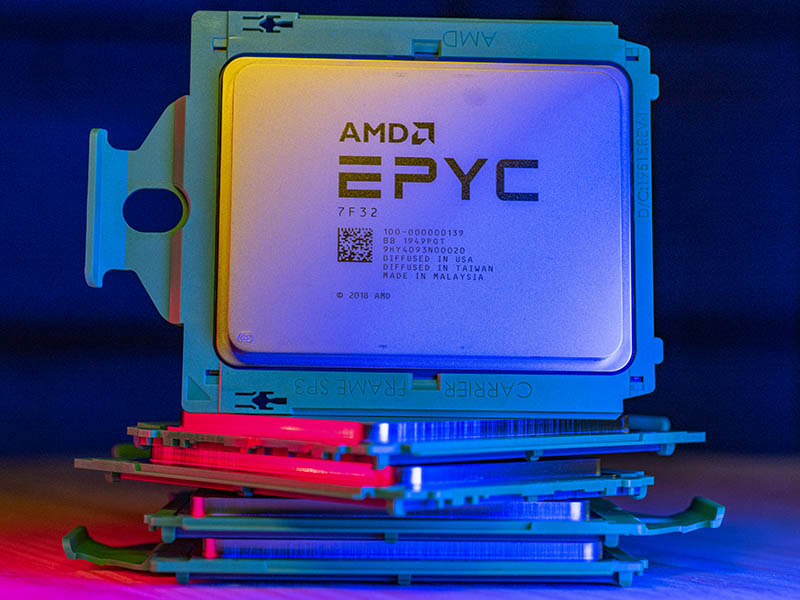
For AMD, it needs to use its market cap and go shopping, before this deal closes. It may have good desktop and server CPUs, and perhaps a new GPU story will help, but AMD’s products are largely limited to what is inside servers that run over the interconnects and software built by other companies and not reaching into the IoT space. Without going on an Avago-esque (now Broadcom) corporate building campaign, AMD is going to become more isolated. What would be supremely interesting is if Broadcom decided to try making an AMD play since it has a lot of great networking and ASIC IP.
NVIDIA-Arm Regulatory Approval Discussion
On the regulation front, this will be interesting. US regulators will likely be concerned, but see Intel with a larger portfolio and then a myriad of other competitors such as AMD and eventually let this through. NVIDIA is an Arm licensee, but if one breaks down where Arm CPUs are used, so long as NVIDIA continues to license Arm to current partners, it is unlikely to create a big imbalance. A lot has changed since I took my antitrust classes in law school, but my gut is that this one will pass US regulatory muster.
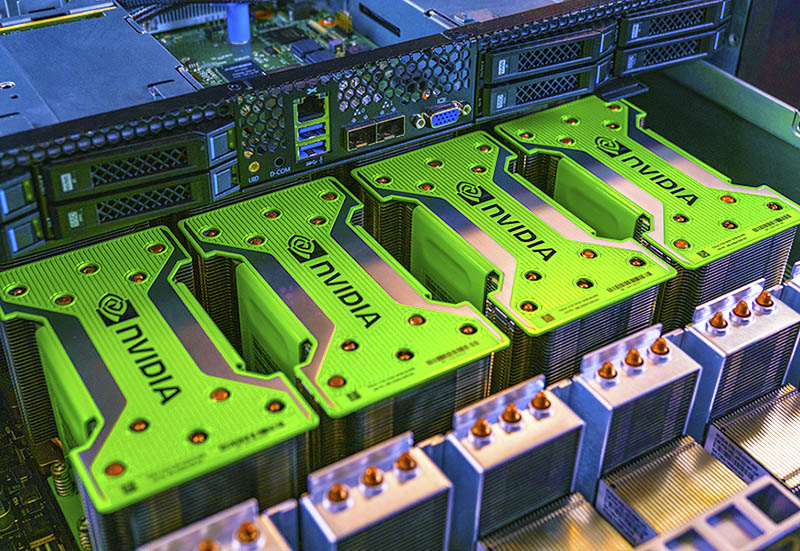
The EU is in a weaker position post-Brexit to block the deal and likely NVIDIA can win the bloc with key assurances and concessions. NVIDIA has signaled it is going to keep and invest in the UK, so it may be hard for the UK to say no. Just like the EU is in a weaker position to block post-Brexit, the UK is in an even weaker position.
The key will be what happens with China. For years China has been asserting itself in M&A regulatory reviews. This is a big enough deal where China can make noise in the system to assert its position as a global superpower beyond what the EU can offer post-Brexit. It may also be the case where China exerts influence on Europe to campaign for an ally adding roadblocks to the deal. Even if the deal is approved, NVIDIA will likely be hoping for a shift toward better US-China relations to meet its business case.
We must remember Dell-EMC had a lot more concentration in a more narrow market segment than NVIDIA-Arm so long as NVIDIA continues to license Arm cores.
Final Words of Excitement
The portfolio involved here is simply awesome. NVIDIA would have been foolish to try pushing RISC-V for its CPU story. That is a high-risk endeavor. Others may be forced to adopt this strategy, but NVIDIA did not need to wait to see the results and build a new CPU ecosystem. Instead, NVIDIA just bought itself a huge partner and software developer ecosystem.
When we look at what Intel has been offering, and what NVIDIA is pitching, it is no longer relegated to a segment. Corporate visions are now reaching from sensors and data collection to the transmission and processing of that data. NVIDIA has a different proposition than Intel. Intel wants to make everything (or have TSMC help make it for them.) NVIDIA wants to build an ecosystem so that from the moment a sensor gets a reading to actions that information or pushes it upstream for processing, it is touching the data flow, even if that is with a partner.
Exciting times for the industry.

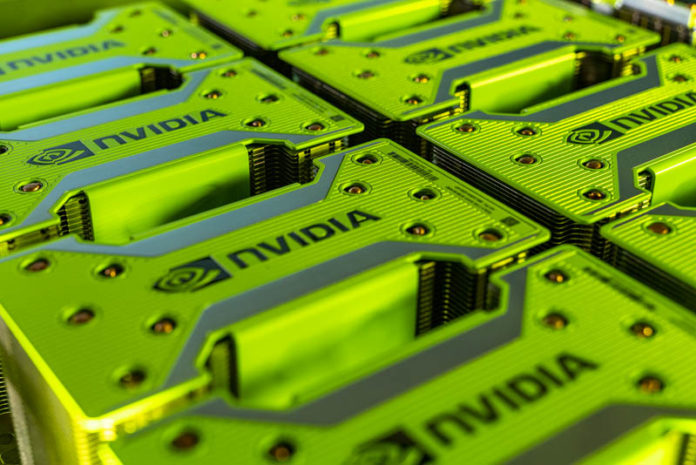



After listening to all the industry analysts moan for weeks, I’d say this is the best analysis out there, and just after the announcement broke. I think you’ve got the best industry perspective right now. You’ve got great insights in here.
I’d agree. I read the Forbes article on this and it is like a dumbed down version with less insight. It’s crazy that STH is the only place I go for server reviews and then Patrick is putting out something like someone who’s done corporate M&A strategy before. That’s a crazy combo.
The flaw with the above is that it now means Broadcom, Marvell, Xilinx, and even Intel are going to be NVIDIA licensees. Even if some combine, they’re paying tribute to NVIDIA.
Mind blown.
Apple hates NV tho
I just don’t want NVIDIA to jack up license costs more than Arm already has.
AMD needs to do something big. It’s on Lisa now
Regulators will likely have some concessions on the deal to ensure that licensing continues similarly as the current model. Pricing might change but there maybe an avenue for IP holders to file complaints on pricing changes for example (ie an avenue to regulators to keep nVidia honest and not abuse their positioning). The real question is how nVidia will handle ARM v10 licensing in the future (ARM v9 is very close to release from various indicators and companies like Apple have access already under NDA).
One other thing I see happening is that Mali graphics maybe sold or spun off separately. That is a very clear overlap and something I would see nVidia shutdown development in favor of their own internal designs (unless a Mali is spun off, I do see nVidia keeping those engineers as talent in this sector is hard to come by).
nVidia does have a CPU design team that licenses the ARM ISA (though the core itself is VLIW and uses binary translation). This is such an oddity that I doubt regulators will have much issue with nVidia keeping this and the ARM core design teams. It’d be a novelty if we see binary translated ARM be a licensed core but weirder things have happened.
Dear Patrick, your ability to analyze situations and the consequent inference is a case that should be a model to study in the masters for Merge & Acquisition! My warmest congratulations on your adamantine brain
Dear Patrick, your ability to analyze situations and the consequent inference is a case that should be a model to study in the masters for Merge & Acquisition! My warmest congratulations on your adamantine Brain!
This is the break that RISC-V has been waiting for.
Patrick,
I hope you don’t mind if you receive also a bit of criticism, especially in a good will to improve the point of view.
There is a big issue with your analysis and that is it does not answer the question: why NVidia is doing it? Why do they need to spend horrible $40bn when they already do have ARM ISA and also some cores licenses, Why? Your article does not answer this simple question at least not for me.
My answer to this is: NVidia needs to purchase ARM to take over unwelcome competition. Funny? Reasoning: this year Fujitsu makes part of Fugaku up&running and demonstrating this way that you don’t need to be friend with NVidia and still provide No. 1 supercomputer in the world. Simple ARM core(s) + ARM vector extension is good enough to be the fastest and yet one of the most efficient power-consumption wise. Now, for NVidia HPC is milking cow and this move by ARM, not only to servers but directly to the heart of NVidia’s most profitable business was too dangerous. So although NV does have both ISA and cores licenses it needed to move and purchase whole ARM just to kill or price-balance ARM’s SVE.
That’s IMHO main motivation behind the purchase.
As you can see this is only about HPC/server space. What will happen to all those embedded and mobile ARM vendors? My guess is that NVidia is not charity and so will need to milk them more too. They will not be happy and I guess this will just stress a departure to RISC-V for at least some of them. NXP already experimenting with RISC-V in their IMX (this year), WD already replacing RAM’s Cortex-R in their drive chips with RISC-V etc. Mobile vendors will have a bit harder position due to Android ecosystem dependency on ARM ISA (some apps are still ARM binaries there) so I guess Qualcomm&Co will need to clench teeth and just send ARM/NV more money. Apple position here is interesting as they do have perpetual ISA license IIRC already. Let’s see if NV would try to abuse them and if Apple take that to court.
Anyway, I guess days of ARM in hobby computers (RPi & Co.) are numbered — but this all will take few years to come I guess so smaller players like NXP may prepare for the move.
Indeed! Interesting times in the industry!
If nVidia wanted to control the data center, they’ve pretty much done it now. ARM is in every HDD, SSD, RAID controller out there.
Hi KarelG – Criticism is good.
The reason is simple. In a world with more devices and Arm playing a central role, NVIDIA does not have to design, manufacture, and market every SoC. Instead, it can use its partners to do so and everyone pays tribute to NVIDIA. Intel uses Arm cores. AMD EPYC has Arm cores in its Secure Processor. In a world of more devices, NVIDIA will have the CPU, GPU, and AI IP to reach an explosive ecosystem even if it is not making the silicon.
The first point to remember is that Nvidia doesn’t have to make a profit directly off of ARM – there are frequent purchases by all companies where the purchase price is never directly recovered (think Microsoft and Linkedin for $26b, or Microsoft buying GitHub for $7.5b, both acquisitions that will never be profitable in the normal sense).
ARM supercomputers? Doesn’t matter – Nvidia now gets a cut whether they use Nvidia GPU’s or simply use the ARM instruction set – really AMD was a far bigger threat in the short term with their Epyc + GPU supercomputer wins and Intel’s potential future Xeon + Xe threat than any ARM only supercomputer (particularly given the AMD/Intel are the only credible threat to CUDA’s dominance as a technology).
As for mobile, only Nvidia knows their plans – but really it would be stupid to drive away a consistent monthly/quarterly/yearly set of payments that help drive cash flow in a predictable way, something both Wall Street and banks like to have as a base to more unpredictable earnings like supercomputer sales.
A better way to look at this may be to consider that Nvidia is planning 10 to 20 years in the future, when the GPU market has stagnated like the CPU market thanks to the ending of Moore’s Law and so having a reliable income stream from consumer devices that are inherently disposable and need replacing every 2 to 4 years can help the balance sheet.
think nv wants totally virtualize everywhere everything
so no one ever will need physical servers or pc for daily life
“aws” for everything for everyone